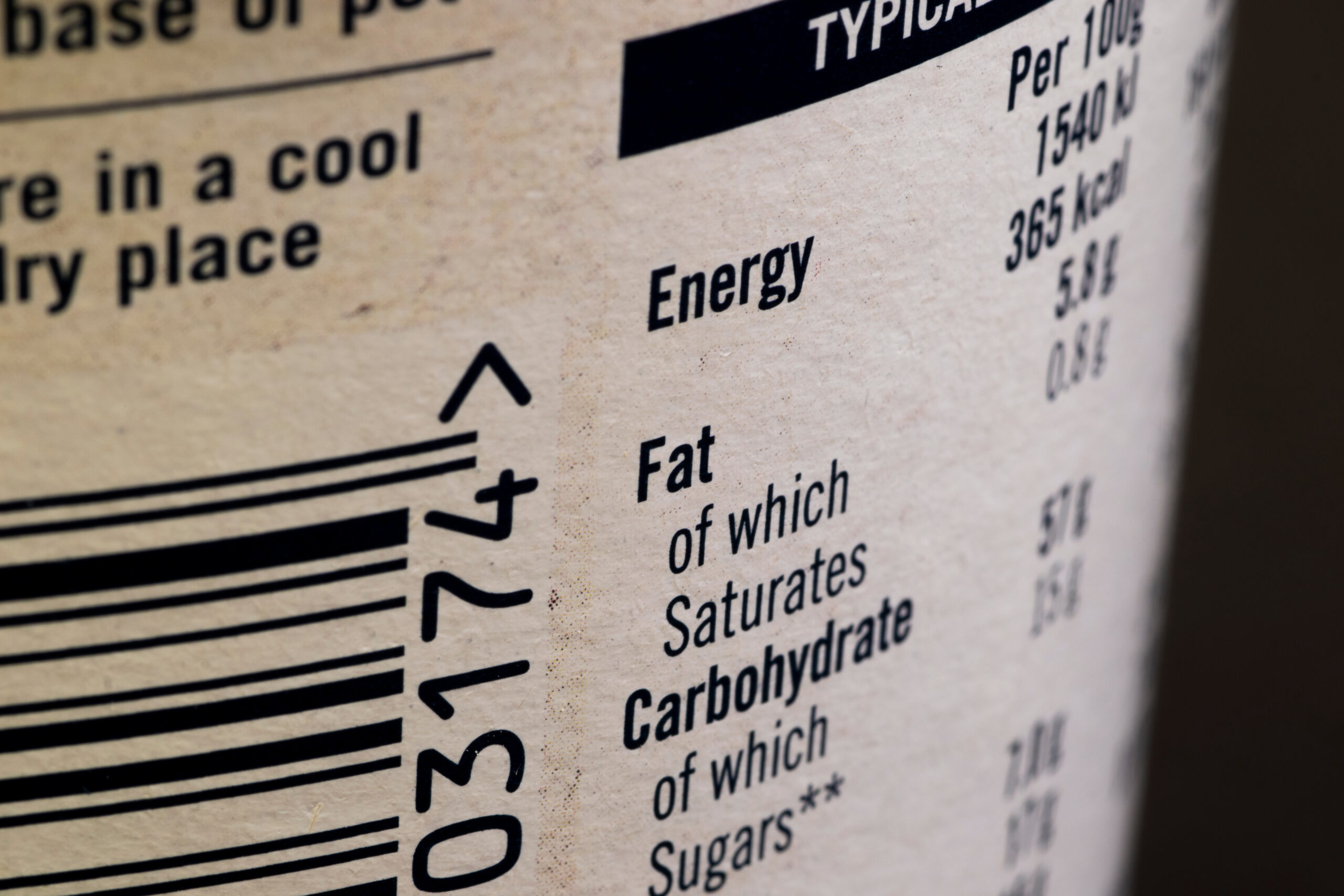Education in Scotland has been wholly devolved since 1999, and the main party in favour of complete separation from the United Kingdom, the SNP, has been in power since 2007. Statistical metrics of school pupils’ performance, non-partisan supranational studies, and further as well as higher education attainment gaps illustrate decline or stagnation. Relative to a wide variety of European nations and the rest of the United Kingdom, the SNP has performed poorly.
Numeracy and literacy standards have fallen in Scotland, according to several reports and studies. The seminal PISA study, occurring every three years, notes a drop in numeracy that leaves it worse than the rest of the United Kingdom, and a decline in literacy to being below European standards, as well as both Northern Ireland and England. The SNP has failed to significantly close the attainment gap between richer and poorer students: the number of those in the lowest-earning quintile of families moving on to higher education has only increased by 6% over the last six years.
Excluding the handing out of predicted grades in the 2019/2020 academic year, however, that number would be as low as 4%. The difference between the total number of school leavers from the most and least deprived income-quintiles going on to higher education has barely decreased by over 2%, down to 35.77%. Keir Bloomer, former Chair of the Commission on School Reform and prominent contributor to the Curriculum for Excellence’s formation himself has penned pieces criticising the SNP administration’s handling of education.
Free school meals are now provided to all primary school-aged children; which was not done in over a decade leading up to the pandemic. According to the Institute for Fiscal Studies, it was also only made possible by a Covid splurge of extra funding, and yet the SNP intends to extend the spending increase alongside other measures until 2022-2023, and beyond. When the pandemic-induced funding ceases, that money will have to come from core budgets. Unless the Scottish Government increases taxes, real terms spending decreases on either other public services or schools will follow.
Starting at the roots, 700 school buildings have not had an inspection in over ten years. The Conservatives, meanwhile, plan to invest in school buildings to the point where none of them are rated “poor” or “bad”. The Conservatives also adopted a plan to create a new body functioning as an independent school and education inspector. Of the two measures to make schools more accountable, the former is clear and trackable, whereas the latter mimics successful school inspection bodies that exist in many countries and watchdogs that exist in Britain.
The idea to invest £120 million in a pupil catch-up programme to support those who have fallen behind could assuage worried parent’s fears. Directly addressing the attainment gap, a national tutoring programme would be initiated under the Conservatives, also aimed at specifically improving STEM results, an area Scotland has foundered in. These policies were clearly drafted to address specific shortcomings and increase accountability without any wide overhaul, making the proposals credible; if argued for and implemented as described, they could serve to benefit Scotland’s schools.
While the decline in teacher numbers has been addressed somewhat by the SNP, the opposition party’s campaign material and appearances ought to emphasise that their plans are realistic and ambitious. The Scottish Conservatives aim to hire 3000 more teachers for £550 million. Beyond the numbers, there is further ground one could campaign on: career switchers are to be encouraged, with special financial support in subjects where there is currently a shortage of teachers.
Scotland is as internationalist as the rest of the UK, if not more so, continuously retaining EU students’ home fee status and opting to fly the EU flag over Holyrood. Hence, it would bode well for the Scottish Conservative and Labour parties to emphasise their intention to re-enter TIMSS and PIRLS, STEM and literacy-oriented international bodies respectively, which the SNP uncharacteristically took Scotland out of. Re-entering these organisations would also help monitor how Scotland is measuring up in several matrices that have been neglected previously, both allowing for public pressure and legislative attention.
Scottish Labour have their own diverging proposals for repairing the Scottish education system after the pandemic, of which five are singled out in their plans. Firstly, their new leader, Anas Sarwar intends to implement a personal “Comeback” plan and a tutoring programme for every pupil, alongside “Summer Comeback” passes to grant children free access to sporting facilities. Those three sweeping ambitions may siphon some support away from the SNP, as the nationalists’ newly released election manifesto aims to reform the educational system through increased accountability and fairness without providing any exact plans for repairing the damage done by the pandemic.
Nonetheless, the absence of any costings of Labour’s plans leaves them open to criticism and fails to distinguish them, as both the SNP and the Conservatives provided some costs for their programmes. For example, Scottish Labour promises the same number of new teachers as the Conservatives; with no description of the costs involved.
Nevertheless, the two remaining Labour education pledges would both win an argument and redress SNP failures. Firstly, the guarantee of free exam resits including college places for every child whose exams were impacted by the pandemic mixes compassion for unfairly downgraded pupils with a practical suggestion. Contrastingly, the SNP intends to reform exams going forward, with less of a retrospective view of policy-making.
Secondly, the Labour motion to give priority to teachers in distributing vaccines seems inherently logical for people irrespective of party allegiance. If those modest but believable proposals were implemented, alongside the sort of reparative measures Labour espoused in their 2017 Scottish General election “Investing in Scotland’s future” manifesto, both the party’s fortunes at the ballot box and Scottish schools would benefit.
More ambitiously, Labour’s review of the aforementioned Curriculum for Excellence would aim to repair a failing system with an overhaul that caters more credibly to graduating in the current job market. This echoes the “Skills for Jobs” White Paper released in January by the Department of Education, given the emphasis on vocational education. More progressive policies such as granting free school meals for all primary pupils and the massive expansion of funded early years childcare may appeal to the SNP’s progressive voter base, yet the absence of funding plans for them casts doubt on their implementability.
In most metrics of historical performance, the SNP’s period in control of all of Scottish education policy has increasingly failed pupils. With neither prominent opposition party on the way to anything resembling a controlling majority, the main importance of these policies is to win enough votes to deny the SNP an outright majority. Young voters are more visibly impacted by the SNP’s blunders on education than ever before in the wake of exam cancellations and uncertainty over learning on-campus, therefore this usually reliably independence-supporting group could be appealed to.
While both Labour and the Conservatives are making inroads in propounding workable solutions that could appeal to the electorate, more could be made of an area where the Scottish Government is so open to criticism.
Jan is currently undertaking work experience at Bright Blue. Views expressed in this article are those of the author, not necessarily those of Bright Blue.





